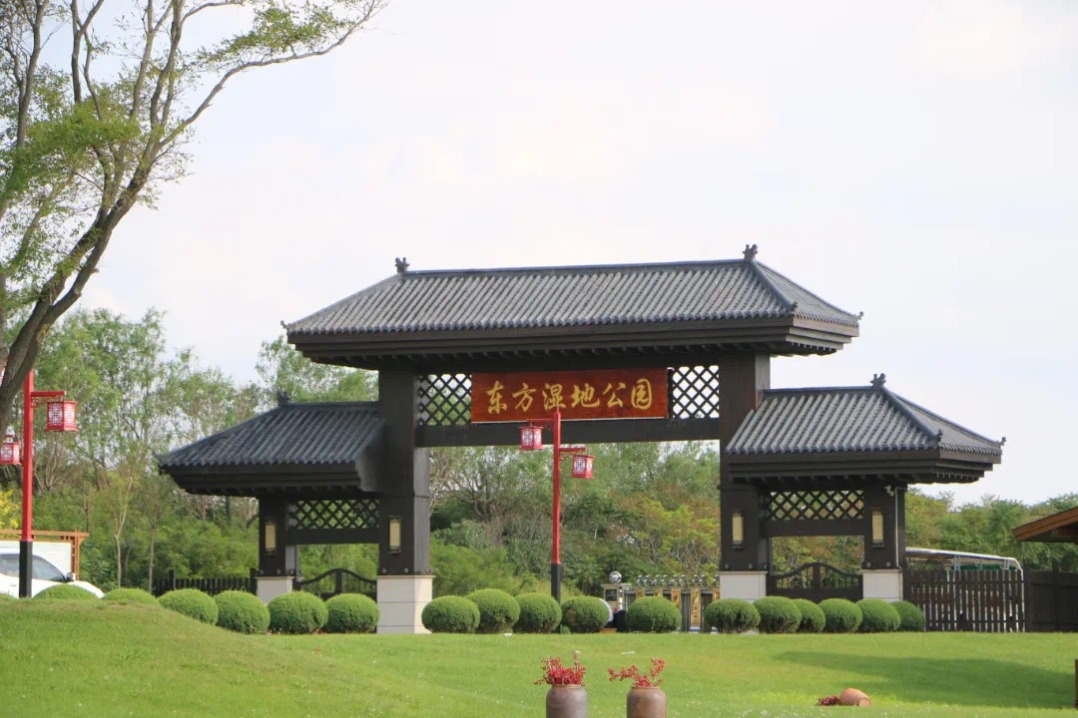Beijing opens extreme-condition research facility


Many Nobel Prize-winning breakthroughs in recent decades, such as the integer quantum Hall effect (1985 Nobel Prize in Physics) and high-temperature superconductors (1987 Nobel Prize in Physics), were achieved under extreme laboratory conditions.
These foundational discoveries later evolved into transformative technologies such as maglev trains, femtosecond laser eye surgery, satellite telescopes and quantum chips.
"Developed nations such as the United States, European countries and Japan have heavily invested in extreme-condition research. The completion of the SECUF significantly enhances our nation's capabilities in materials science and related fields, playing a pivotal role in advancing technological progress," said Cheng Jinguang, deputy director of the Institute of Physics.
- Former Chinese Super League company chairman sentenced to 11 years for bribery
- CPC allocates Party membership fees to flood control, relief work
- China's unmanned cargo aircraft soars through verification flight in complex terrain
- China honors outstanding builders of socialism with Chinese characteristics in non-public sector
- Vice-premier urges efforts to safeguard lives and property of people impacted by floods
- Chinese green solutions help Sri Lanka have a tea party






































